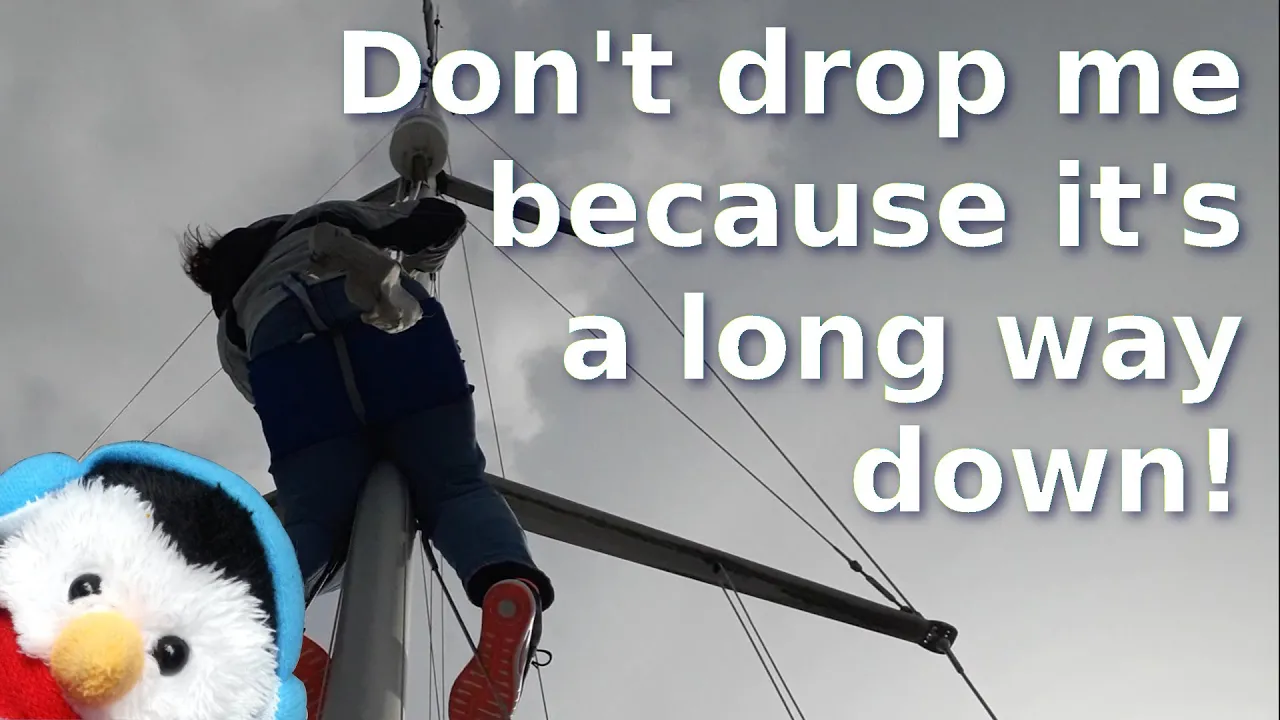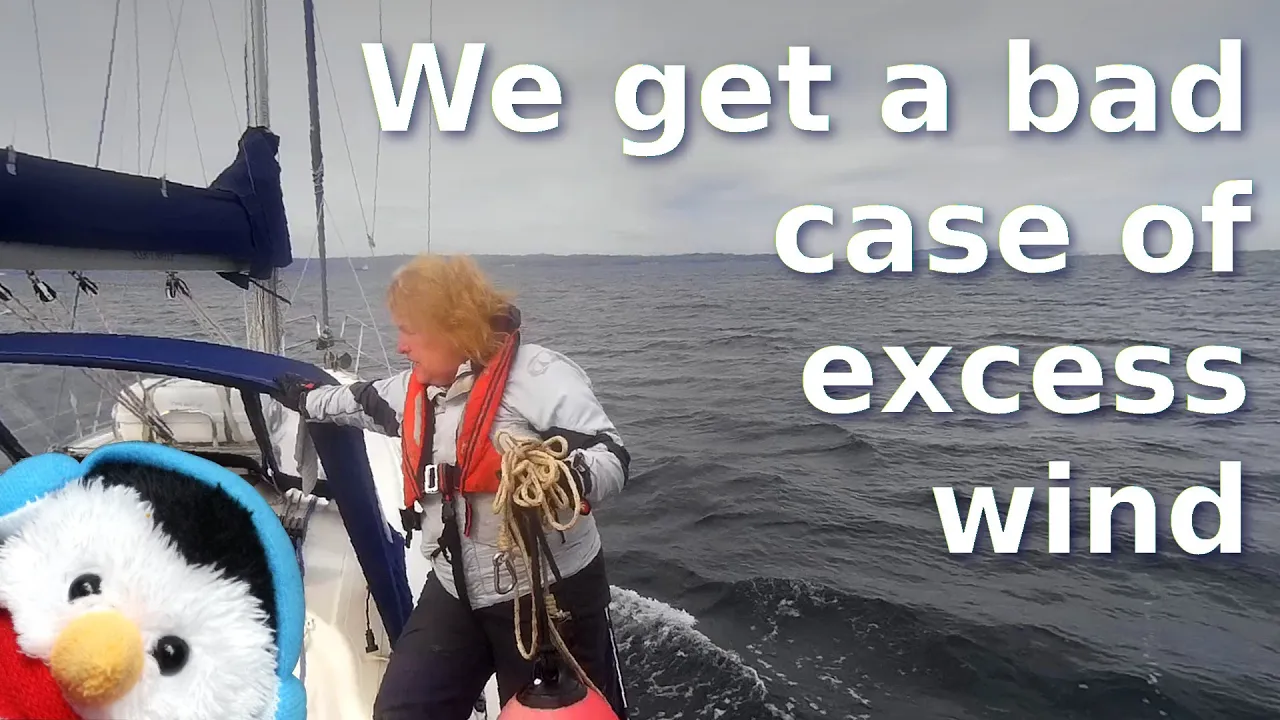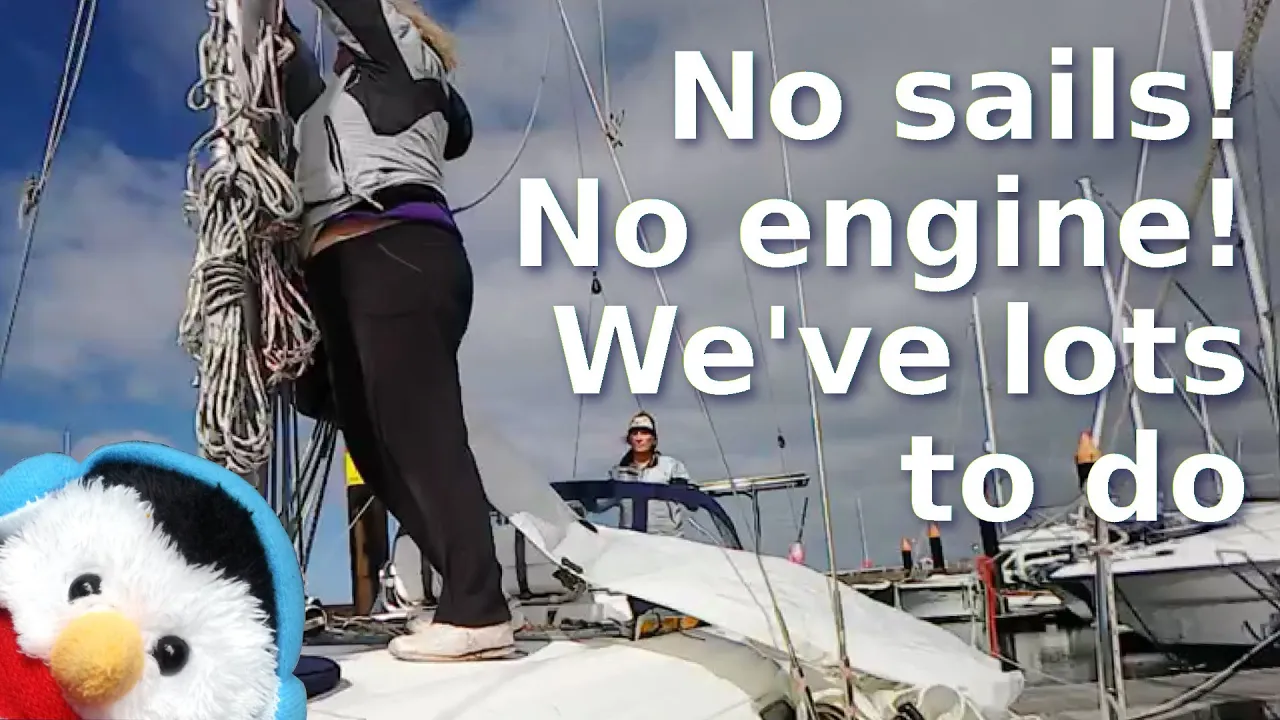We decided to do a collaboration video on a topic that we found baffling and that was choosing our AIS. There were just so many choices that it was difficult to decide which one to go for. In the end we found a solution that was not in the running at the start, but it gave us all that we wanted at a very reasonable cost.
We were all very excited here on Salty Lass as we were going to have guests onboard, they might be virtual guests, but they were guests all the same so our guests were.
- Owen from Sailing Lady G
- Skipper James
- Ant and Cid from S.V. Impavidus
- Jamie from Sailing Follow The Boat
So we had gathered together a few different people to talk about Automatic Identification System better known as AIS. There are so many different solutions to choose from but we started our video with Owen from Lady G as he explained what AIS was all about.
So there are AIS packets of information and these encode information like your name, your position and your MMSI number which is an unique number to you. You can send this information, and you can receive it. Once you have this information you can either share the information to the network or you can have the information displayed on a stand alone display.
On Lady G, he wanted to be able to send and receive data, so he went for a Class B responder. He also wanted to be able to network the device so being able to add it to his NMEA 2000 network was for him an advantage.
Skipper James went for a receiver only option because he did not want people knowing where he was. His device is also a stand alone system so that he can trouble shoot quicker. The antenna he uses is a separate antenna so that he can use that as a spare if he ever has an issue with his mast.
Two of our other guests have Radar and AIS and they talked about both of these systems. So the first one was Impavidus who actually has two AIS Units, the first is a SeaTracer unit which is a Class B Responder and has a range of 12 miles, while the other is a AIS receiver which is integrated in his radio, so with that one it has a larger range as the aerial is up the mast. With AIS, it gives you a lot of other information like what is the boats name and the likely hood of you having a collision. They went on to talk about AIS and Radar and why they think Radar is better.
With Jamie on Follow the boat, he really also talked about Radar and AIS and how, if you can only afford one then you should go for Radar as that gives you more information. For him the big problem with AIS is that you are relying on the other person telling you about their details and lots of boats don't give you that information.
Now we went for an emtrak B100 device, it did take longer to install than Owen's unit as it have an external power supply and the GPS aerial is not integrated too, but having an external switch means that we can turn it off which is really good coming into a marina where you have a lot of vessels that are within your alarm range. We also have a switch that allows us to stop transmitting, we call this our stealth mode.
Now for us we wanted AIS as we sail in areas with high commercial traffic, so you are talking places like Belfast Lough that has car ferries going up and down all the time. Then we are in and out of Liverpool which is the third busiest port in the UK, so again a lot of commercial vessels. We have had issues with going into Liverpool, especially at night as there are just so many lights and it can be confusing so having AIS aboard will help us with that. Another reason that we want to be able to tell people our position is when we get into difficulties. When we were going around Chicken Rock I was having to tell the coast guard every 15 minutes our position as we had got into some hellish seas and we were worried about our safety. Being able to tell the coastguard our location is really useful to us as it just gives us peace of mind.
The AIS solutions that we have shown in this video are not the only solutions as Beverley was talking to a friend of ours who uses an APP on his phone. Now the APP solution works on the phone network so updates services like Marine Traffic, so is a great way for his friends to know where he is, but it is no use for other sailing vessels as he is not transmitting on the Marine Network. The other disadvantage is that you need to make sure that you turn off the App when you are in port as people can continue to track you on land. The other thing is that it will only pick up AIS Targets close to land where you can get a phone signal. Too far off land and no AIS information. Another issue with the APP is you can be on a tanker and have another boats name in your APP.
So lots to think about.













